Known as “America’s classical music,” jazz, like darn near everything else that’s any good about this nation, is something we created. And if you love it, you love it. But if you don’t, it’s probably because you simply haven’t been exposed to the right stuff.
Well, I have a solution. Check these 10 classic jazz essentials. Think of them as jazz albums for beginners; a perfect way to get your feet wet in the dynamic waters of jazz. And a note to any jazz purists who read this: Thelonious Monk is not on this list because his work is straight-up advanced listening … so, don’t come for me!
HERBIE HANCOCK: “Maiden Voyage” (Blue Note, 1965)
My first real recognition of Herbie Hancock was via his 1983 song “Rockit” which introduced much of the “non-Hip Hop listening to” world to the skill of scratching. I later learned that Hancock was not new to the music world … not at all. In fact, he was a jazz legend in his own right. He not only has classic albums of his own, this brother played with seemingly everybody who was somebody in jazz.
Key cut: “Maiden Voyage”
DUKE ELLINGTON and COLEMAN HAWKINS: “Duke Ellington Meets Coleman Hawkins” (Impulse!, 1963)
This duo of jazz greats was nearly 20 years in the making. Edward Kennedy “Duke” Ellington’s collaboration with tenor saxophonist Coleman Hawkins finally went down in August 1962. Ellington didn’t use his full orchestra for the recording, instead, calling upon a smaller band comprised of its main stars, including alto saxophonist Johnny Hodges. While the pair offer up enjoyable versions of classic Ellington tunes (“Mood Indigo,” “Solitude”), newer numbers, like the jaunty, joyous, opener, “Limbo Jazz,” are also noteworthy.
Key cut: “Limbo Jazz”
BILLIE HOLIDAY: “Billie Holiday Sings” (Clef, 1952)
It’s Lady Day. ‘Nuff said.
Key cut: “You Go to My Head”
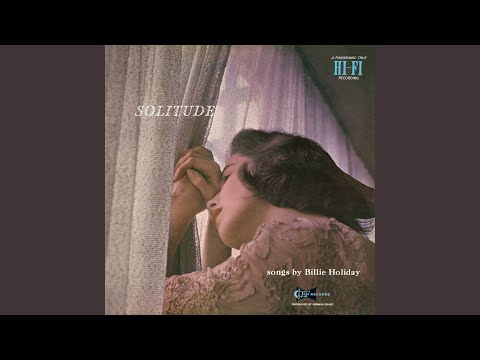
THE QUINTET: “Jazz At Massey Hall” (Debut, 1953)
This album is the jazz version of the original Dream Team (’92 Olympics; U.S. Men’s Basketball). This one-time jam session was the only time jazz giants alto saxophonist Charlie Parker, trumpeter Dizzy Gillespie, pianist Bud Powell, bassist Charles Mingus and drummer Max Roach played together as a group. This rare collaboration is Mos Def worth your time.
Key cut: “A Night in Tunisia”
STAN GETZ and JOÃO GILBERTO: “Getz/Gilberto” (Verve, 1963)
Getz/Gilberto was the album put the Brazilian bossa nova phenomenon on the world stage. And really, all you need to know beyond that is “The Girl From Ipanema,” a song so beloved, it has been covered a gazillion times. And FYI … if you haven’t heard Brazilian bossa nova, you haven’t lived.
Key cut: “The Girl From Ipanema”
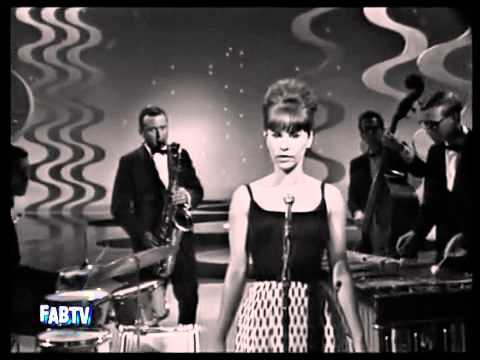
ELLA FITZGERALD: “Ella In Berlin: Mack the Knife” (Verve, 1960)
During the live performance in Germany that resulted in this classic album, jazz’s “First Lady of Song” did the unthinkable and forgot the lyrics to an impromptu version of “Mack the Knife.” And as jazz historians will let you know, the song wasn’t in her repertoire, and Fitzgerald prefaced the performance by saying, “We hope we remember all the words.” But Fitzgerald went into Super Saiyan/Jedi Master-level improvisation mode, and spontaneously-created new lyrics on the spot. The experience won Fitzgerald a Grammy for Best Vocal Performance, Female, and speaks to what makes jazz, jazz—mastery of the rules of music while also being open to and able to the spiritual power of improvisation.
Key cut: “Mack the Knife”
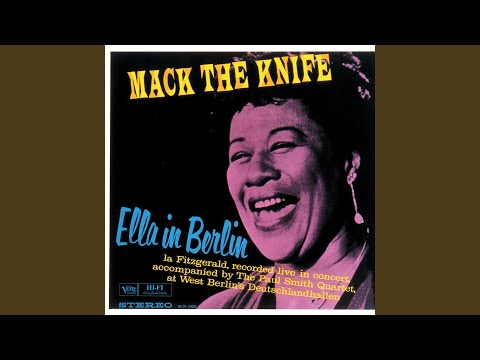
MILES DAVIS: “Kind of Blue” (Columbia, 1959)
There’s no way to get a true and righteous introduction to jazz without crossing paths with the legendary Miles Davis. As the story goes, this iconic album began as a routine session. But there was nothing routine about the songs it produced and the stir it set off in the jazz world. Not only did Kind of Blue become the biggest-selling jazz album of all time, it launched Davis into the realm of superstardom. And FYI… it’s one of those albums that you can listen to from beginning to end without ever having to skip a song. They’re all just that incredible, with at least three of the six songs making multiple lists as greatest jazz songs ever—all on one album.
Key cut: “So What”
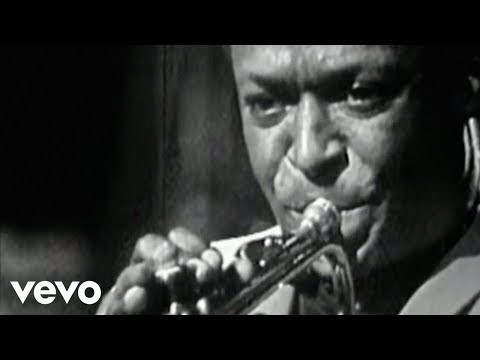
JIMMY SMITH: “The Sermon!” (Blue Note, 1959)
Why do beginners to jazz need some Jimmy Smith in their lives? Just one listen to the title track will answer that question for you. Smith is known as the dude who gave credibility to the Hammond organ in a jazz context. And the brother was a beast in terms of producing music. The Sermon! was Smith’s fifteenth album in three years. Smith is also lauded for his albums Back at The Chicken Shack and Midnight Special, but, I’m bias. The Sermon! was a major part of the soundtrack of my “Saturday morning clean the whole house” routine of my youth. And what’s amazing about The Sermon! is, it showed that Jimmy Smith on the organ (an instrument never though of as a feature instrument) was giving off just as much “cool” as the biggest of the jazz big dogs.
Key cut: “The Sermon”

WES MONTGOMERY: “The Incredible Jazz Guitar of Wes Montgomery” (Riverside, 1960)
What Jimmy Smith did for the organ, Wes Montgomery did for jazz guitar. According to jazz scholars, Montgomery never learned how to read music. But that didn’t stop him from leaving an indelible mark upon the global jazz world. So, if you’re a jazz newbie, trying to get the feel for the genre with something that’s worth your investment of time, my advice to you is “Go Wes, young (wo)man!”
Key cut: “Four on Six”
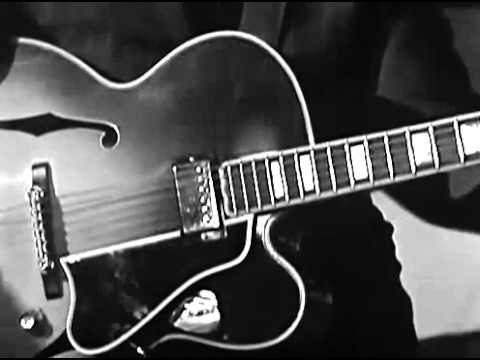
JOHN COLTRANE: “A Love Supreme” (Impulse!, 1965)
When I lived in Atlanta and was exposed to KTSU’s sister station WCLK (the radio station of the Clark-Atlanta University campus), they played Coltrane’s “A Love Supreme, Pt. 1 – Acknowledgement” at 12 midnight on the dot every single day. It was their way of saying, there’s no better way to start your day than by meditating on “A Love Supreme,” whether for you that meant the song itself, or the love of the Creator or the love of your life. Some jazz aficionados point to Coltrane’s albums Plays The Blues and/or Blue Train as their favorites. But darn near all agree that A Love Supreme is undeniably his masterpiece. And on another note, Coltrane also illustrated the mathematics of jazz, a drawing that had physicist and saxophonist Stephon Alexander arguing that Coltrane and Albert Einstein had much in common.
Key cut: “A Love Supreme, Pt. 1 – Acknowledgement”
OTHERS
Here are some other jazz icons, past and present, whose works you’ll want to check out: Count Basie, Max Roach, Cannonball Adderley, “Sassy” Sarah Vaughn, Robert Glasper, Art Blakey, Chet Baker, Dinah Washington, Chet Baker, Louis Armstrong, Wayne Shorter, Freddie Hubbard, The Jazz Crusaders, Ornette Coleman, Arnett Cobb, etc.



